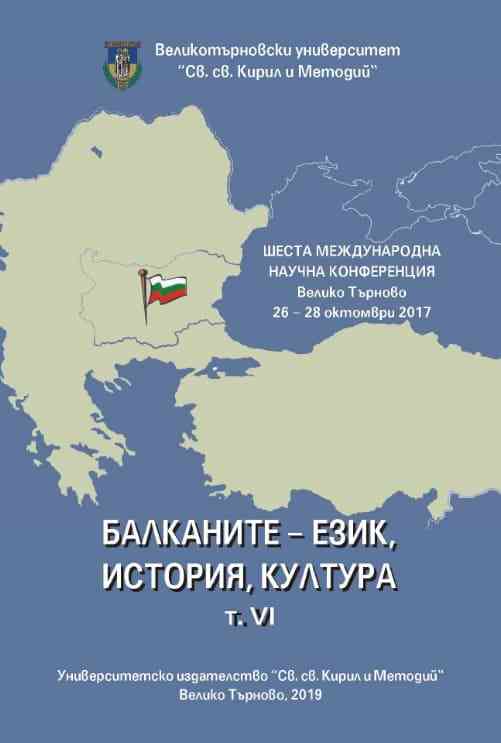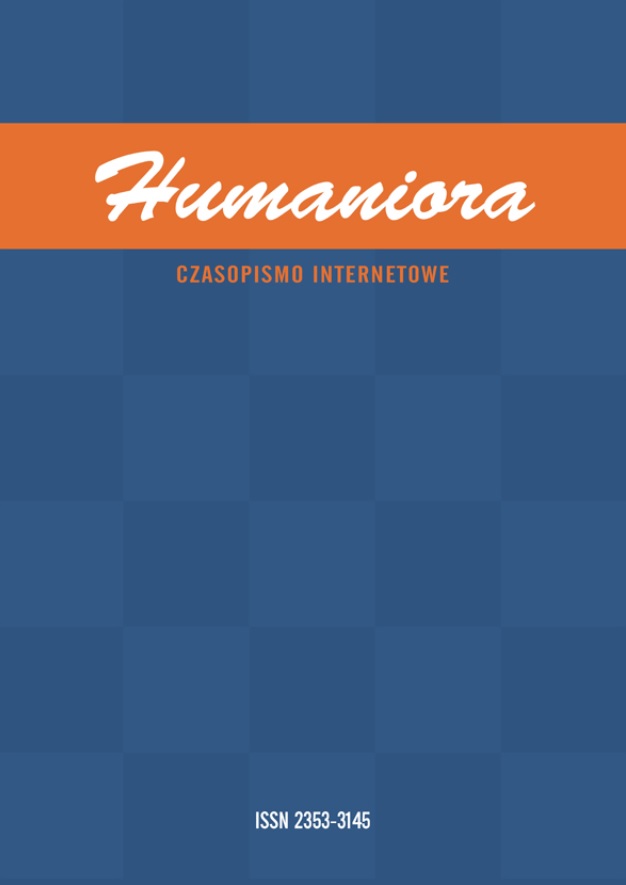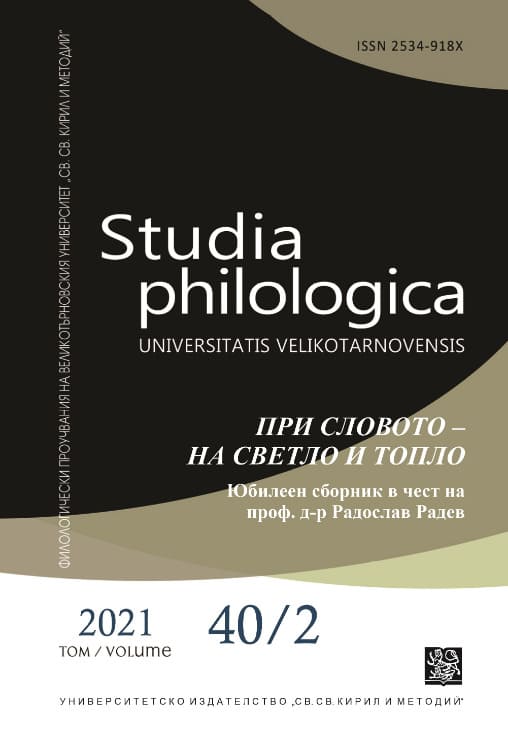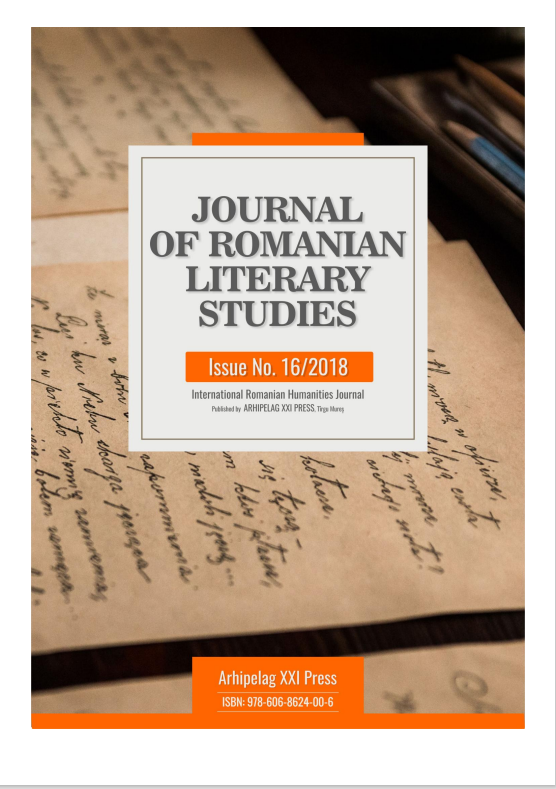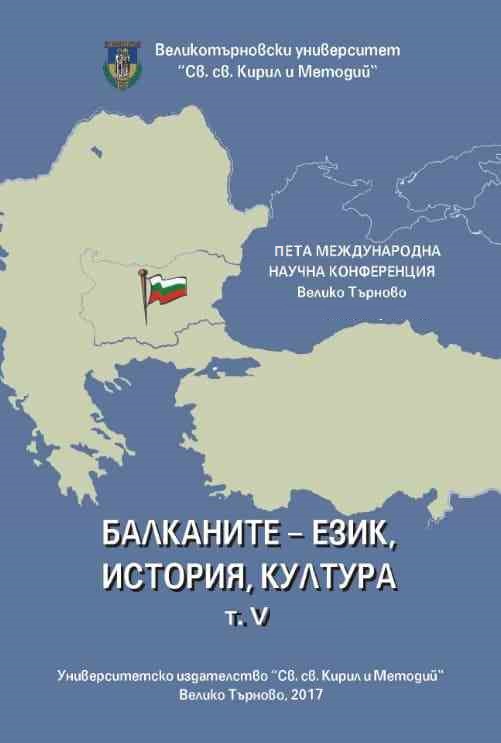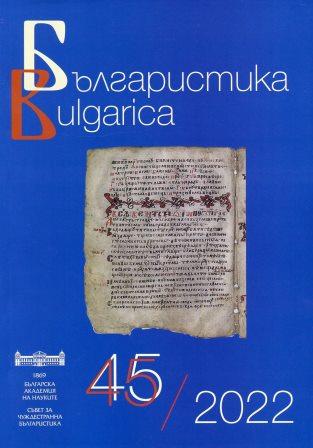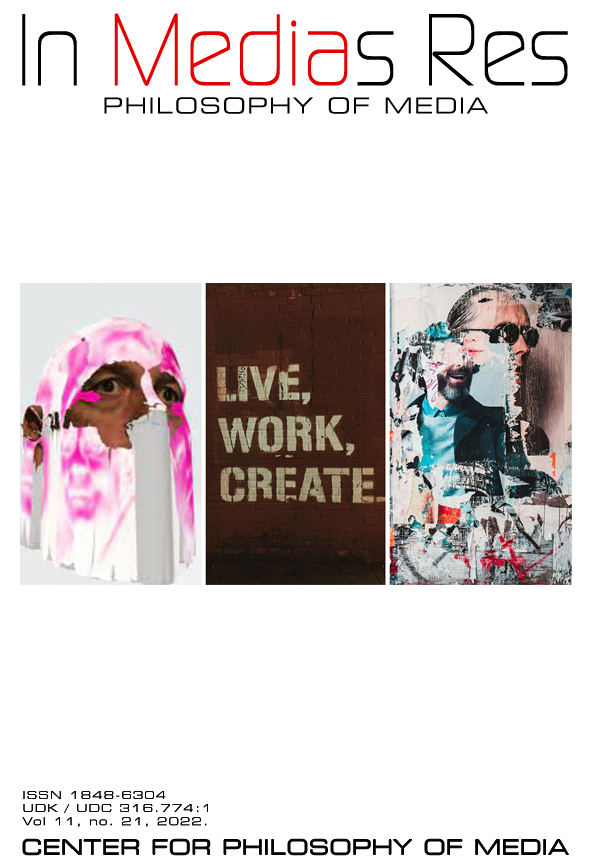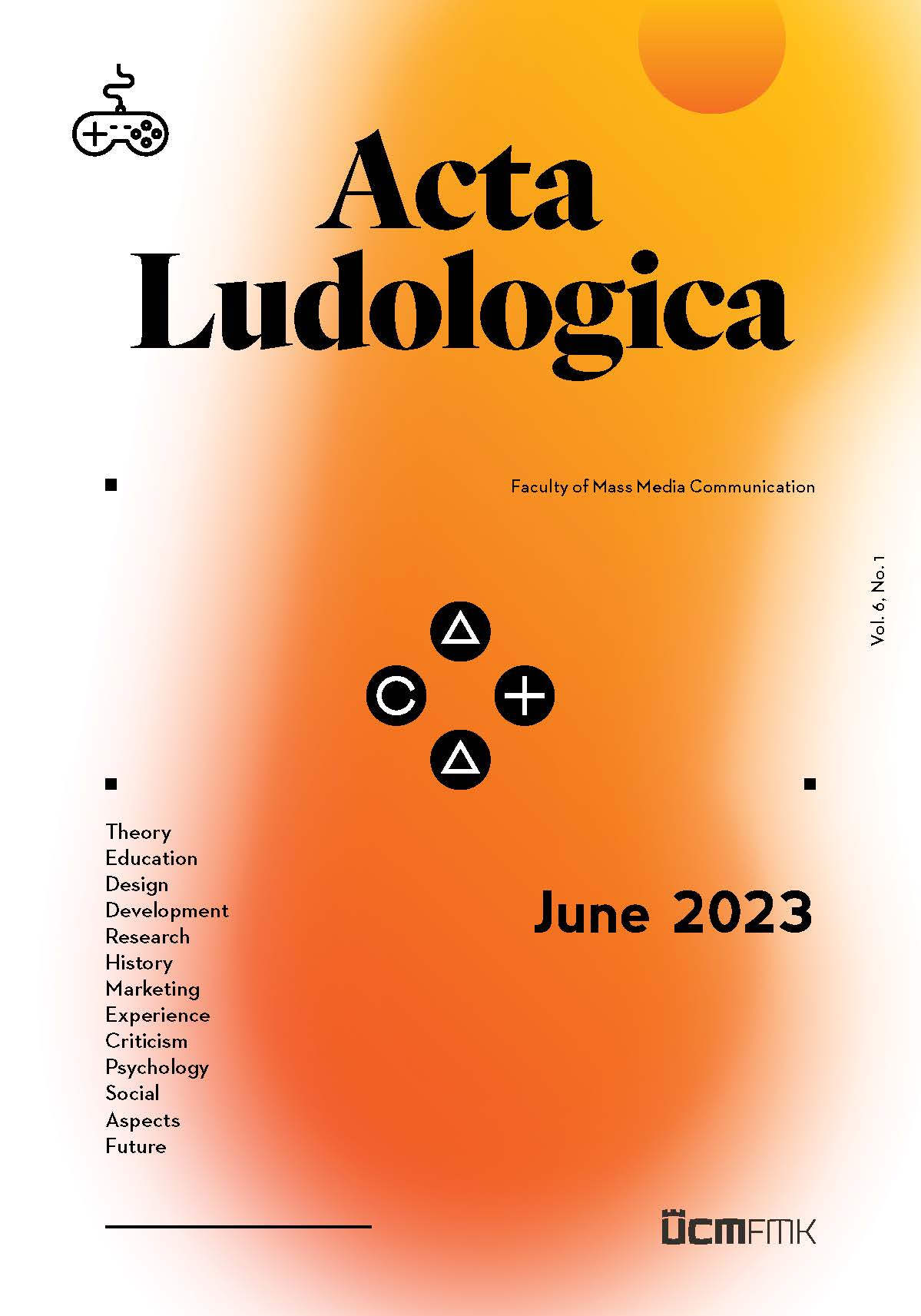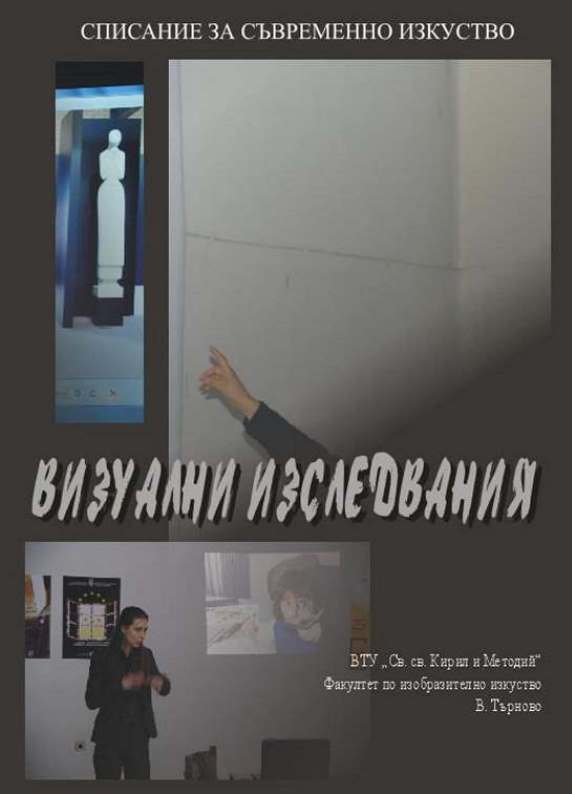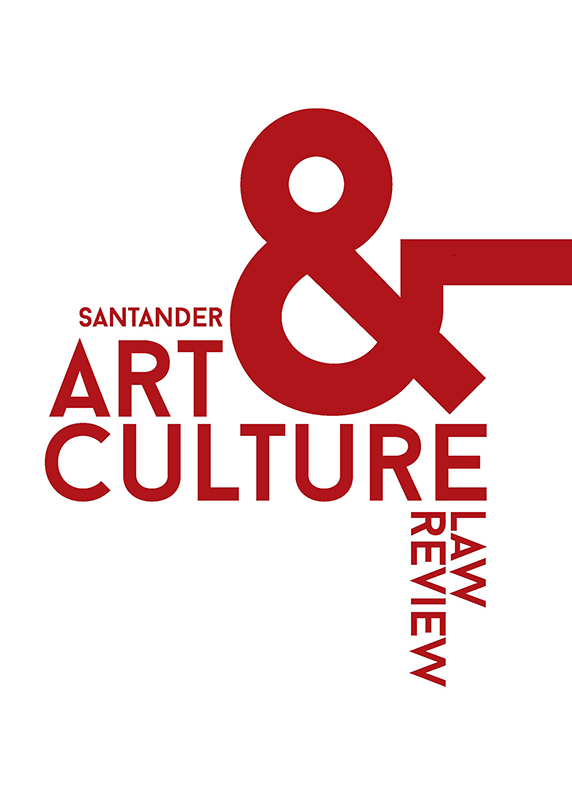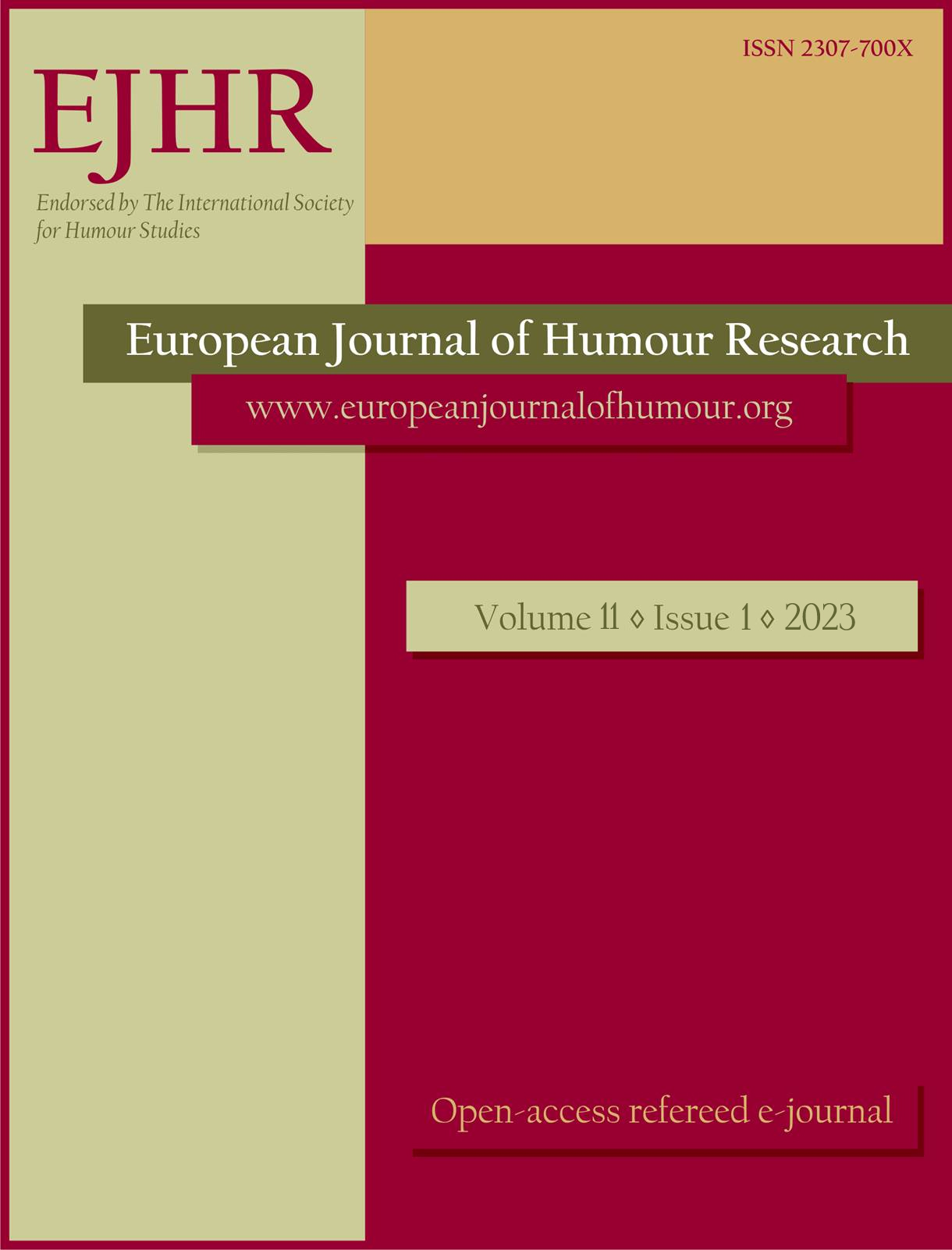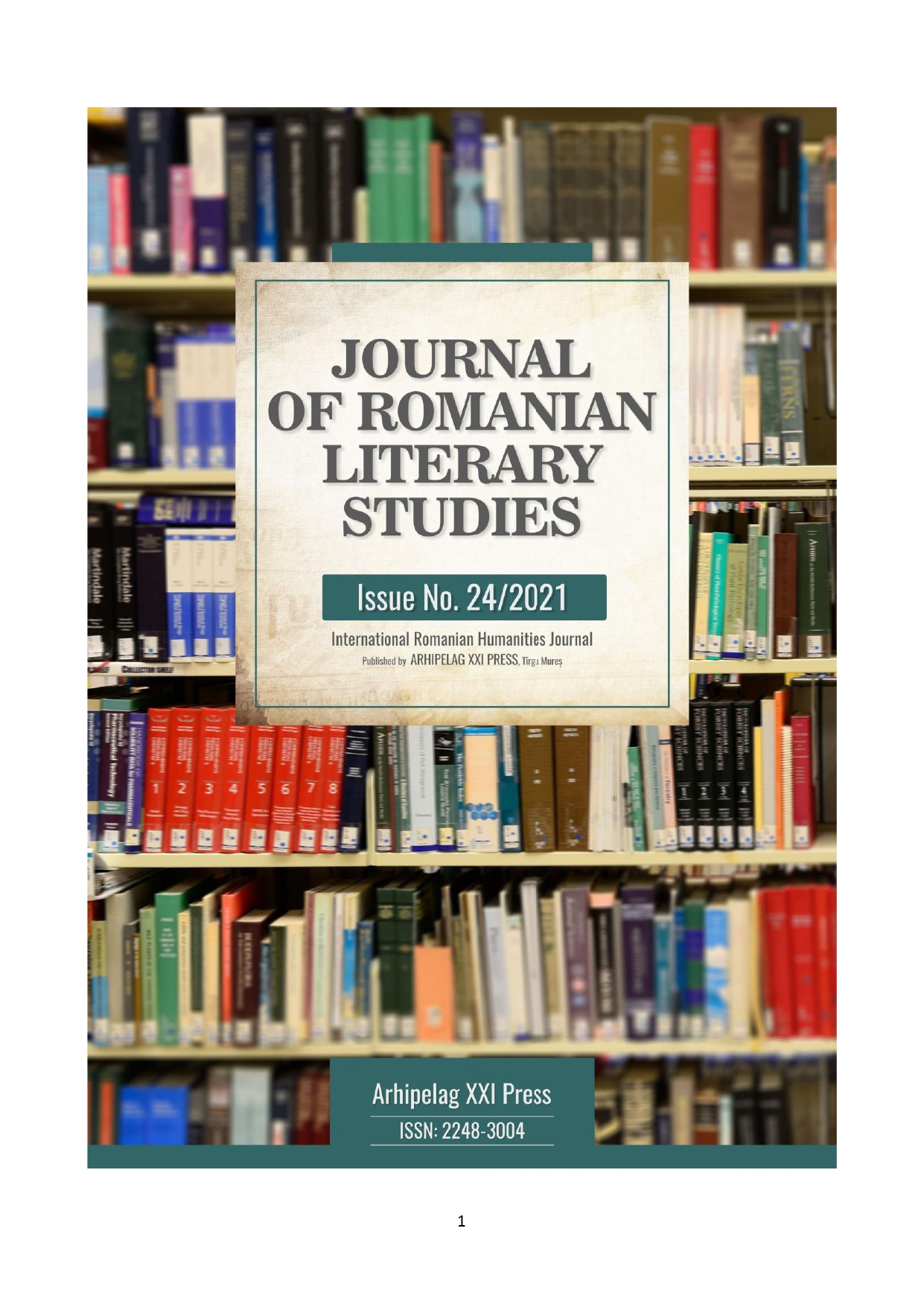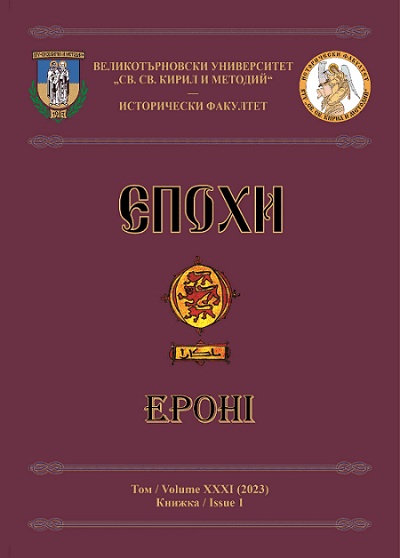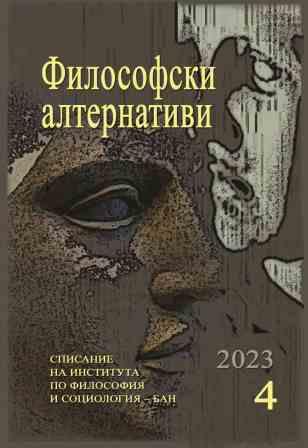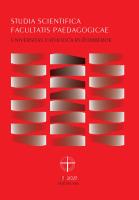Author(s): Plamen Sabev / Language(s): English,Bulgarian
Issue: 1/2023
My research concerns icons, wall paintings, religious texts, church utensils, and carvings preserved on Bulgarian territory. A priority in this regard is the history of Tarnovgrad (present-day Veliko Tarnovo, Bulgaria) and its near and far surroundings. Some time ago, I was looking for answers to questions about the artists in the churches of the cultural and historical village of Arbanasi. I revealed the presence of the name HRISTO, as well as the work of a second stranger named Artist. In the Regional Museum of History in Veliko Tarnovo, two icons are kept (No. 325 ΗΙ/TOM, No. 435 ΗΙ/TOM) on which two identical signatures of the same unknown artist have been preserved. Greek texts: first line, Uncial: ‘X’ (with the barely visible sign ‘=’); second line: ‘K’; third line: ‘Ҁ’; fourth line: ‘T’; fifth line: ‘N.’; sixth line: ‘A’; seventh line: ‘Δ=’; eighth line: ‘1738’; ninth line: ‘μ’; tenth line: ‘απ[...]λλ[...]ος’; and eleventh line: ’30’. The second signature has similar content: first line: ‘Х = К Ҁ Т N’, second line: ‘АΔ=1738’, third line: ‘μ’; and fourth line: ‘απ[...]λλ[...] ος 30’. The correspondingly preserved letters in both icons give rise to possibilities for their interpretation. First thesis: The handwriting in both signatures is undoubtedly identical, but due to the forms of abbreviations used, there are assumptions about their reading. The first letter ‘X’ can be taken as the beginning of a standard attribution formula: ‘Χεὶρ Κωνσταντίνου’ = Κ[ΩΝ]Ҁ[ΑΝ]Τ[Ί]N, translated as ‘by the hand of Constantine’ (or Costa). However, ‘X’ can also mean an initial letter for the name Χριστο, and, accordingly, ‘AΔ’ in the second line can be rendered as αδέρφια (brothers). At the end of the text, the date of completion of the iconostasis with the icons belonging to it is presented: 1738, ‘μ’ – μήνας, απ[ρίλι]ος, or 30, month of April, 30th day. Second thesis: ‘X=’ can mean Χριστο (Hristo the Educator); ‘K’ – Κωνσταντίν/Kώστας (Daskal /Teacher/ Kosta); ‘Ҁ’ – Ҁόιο or Στοίο (Stoio/Stoyu); ‘N.’ – Νέδιο (Nedyo II/Nedyu II); and ‘Δ’ – Δραγαν (Dragan). Often, only the initials are written on the works of artists. This is for the purpose of encoded information that remains clear only to God’s eyes. At first glance, the handwriting of the icons stored in the Veliko Tarnovo Museum resembles that of the works of the well-known Daskal Hristo. In my previous publication, I noted that this second author is very close to the first master, but with his own individual characteristics. If we logically assume that ‘K’ means Kώστας (Κosta), then he is the second Educator and the author of the considered icons at the same time. The recorded month suggests that they were made in a studio at the end of winter, and perhaps the entire iconostasis was assembled with the onset of spring, in the third bright week after the Resurrection of Christ (13 April 1738). An additional collection of signatures and studies from archival documents, as well as analyses of icons and frescoes after restorations, would shed more light on the authorship and activities of this atelier.
More...
